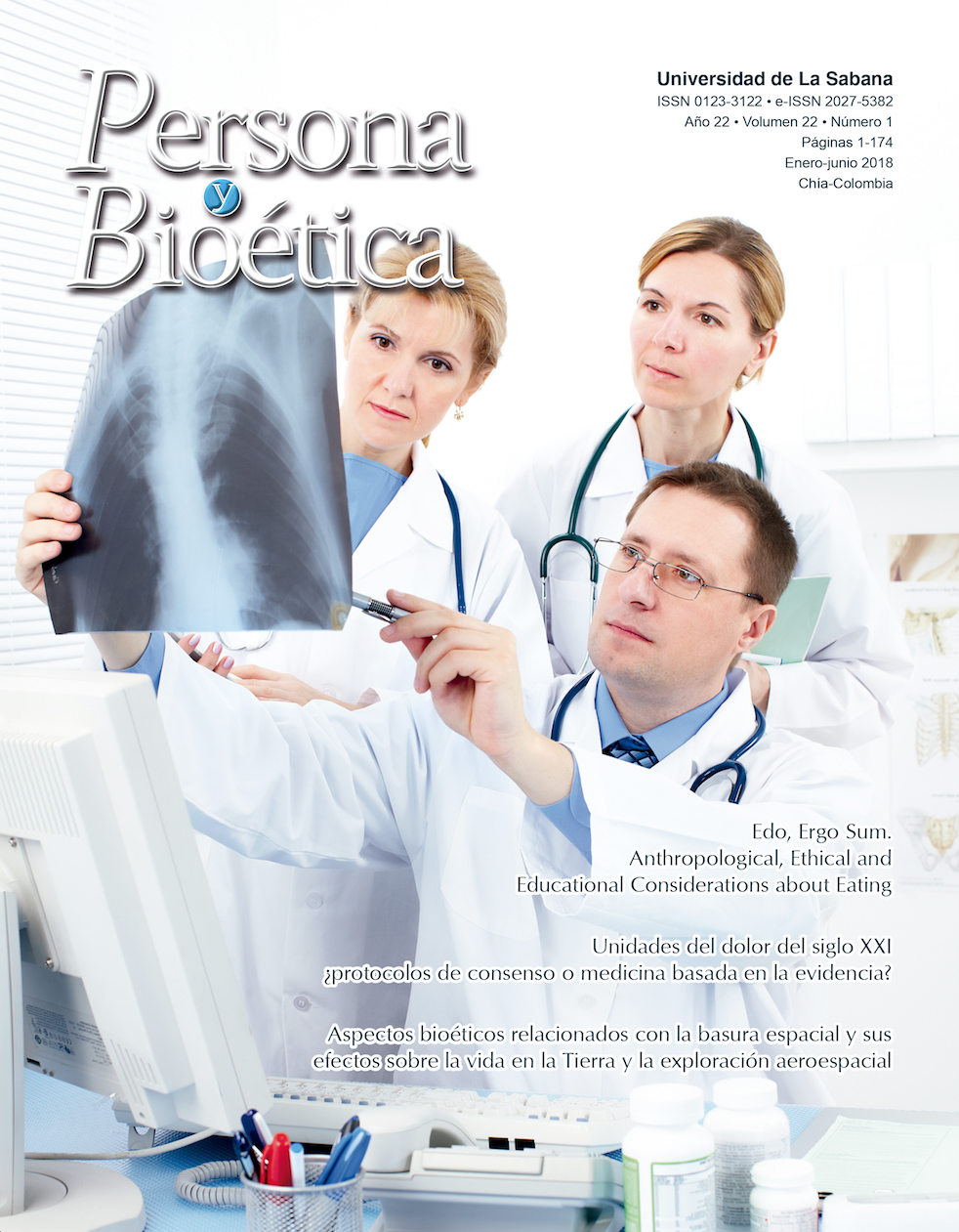Bioethical Aspects of Space Debris and its Effects on Life on Earth and Aerospace Exploration
Keywords:
Bioethics, space race, space junk, risks, perspectives, corrective actionsAbstract
The twentieth century was a century of great scientific discoveries and technological developments in all areas, but particularly with regard to the conquest of space. The last stretch of the millennium also witnessed two world wars and the development of atomic weapons with enormous destructive power, which made doubt many of the possibilities for the future of life on earth. At the end of his life, Albert Einstein said: “The unleashed power of the atom has changed everything except our way of thinking. So we go to a catastrophe unparalleled”. It is in this context of concern about the future of life on earth, Van Rensselaer Potter coined the term bioethics, understood as Global Bioethics, a science of survival should combine biological knowledge and human values. For years bioethics was thought closely related to medical ethics and scope of specifically human problems, but in recent years its meaning has expanded in line with the foundational approach Potter of ethics as a bridge to survival life in general. This paper seeks to relate this concern for a science of survival with the existence of the so-called space debris or space junk orbiting Earth and that once unknown, affect small or large areas of our planet. The waste consists of things as varied as large remnants of old rockets and satellites, remnants of explosions, debris or rocket components such as dust and small particles of paint. Space debris, has become a growing concern, especially in recent years, since collisions at orbital velocities can be highly damaging to functioning satellites, produce even more space debris in the process called Kessler Syndrome or waterfall ablation, but the worst would be that such wastes rush to land with not clearly evaluated effects on the human population. To illustrate a recent case of their impact on astronauts and equipment, it is the fact that the International Space Station had to be reinforced to mitigate the damage from this danger. Although the problem usually occurs both in scientific texts and works of science fiction, however it has not been considered with the seriousness required for a real risk and not away from everyday life.Downloads
Download data is not yet available.
Published
2018-07-19
How to Cite
Delgado Martínez, J. G., & Álvarez León, R. (2018). Bioethical Aspects of Space Debris and its Effects on Life on Earth and Aerospace Exploration. Persona Y Bioética, 22(1), 39–55. Retrieved from https://personaybioetica.unisabana.edu.co/index.php/personaybioetica/article/view/8159
Issue
Section
Review articles
License
Authors who publish with this journal agree to the following terms:
This journal and its papers are published with the Creative Commons License Attribution-NonCommercial-NoDerivatives 4.0 International (CC BY-NC-ND 4.0). You are free to share copy and redistribute the material in any medium or format if you: give appropriate credit, provide a link to the license, and indicate if changes were made; don’t use our material for commercial purposes; don’t remix, transform, or build upon the material.





